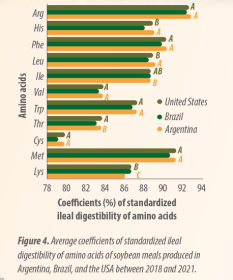PRECISION NUTRITION
In times of high market volatility, precision nutrition gets special attention. One of the main aspects of precision nutrition is to improve the information needed for decision making, planning, and optimization.
Feedstuff and feed costs drive a significant portion of production costs in poultry.


























































